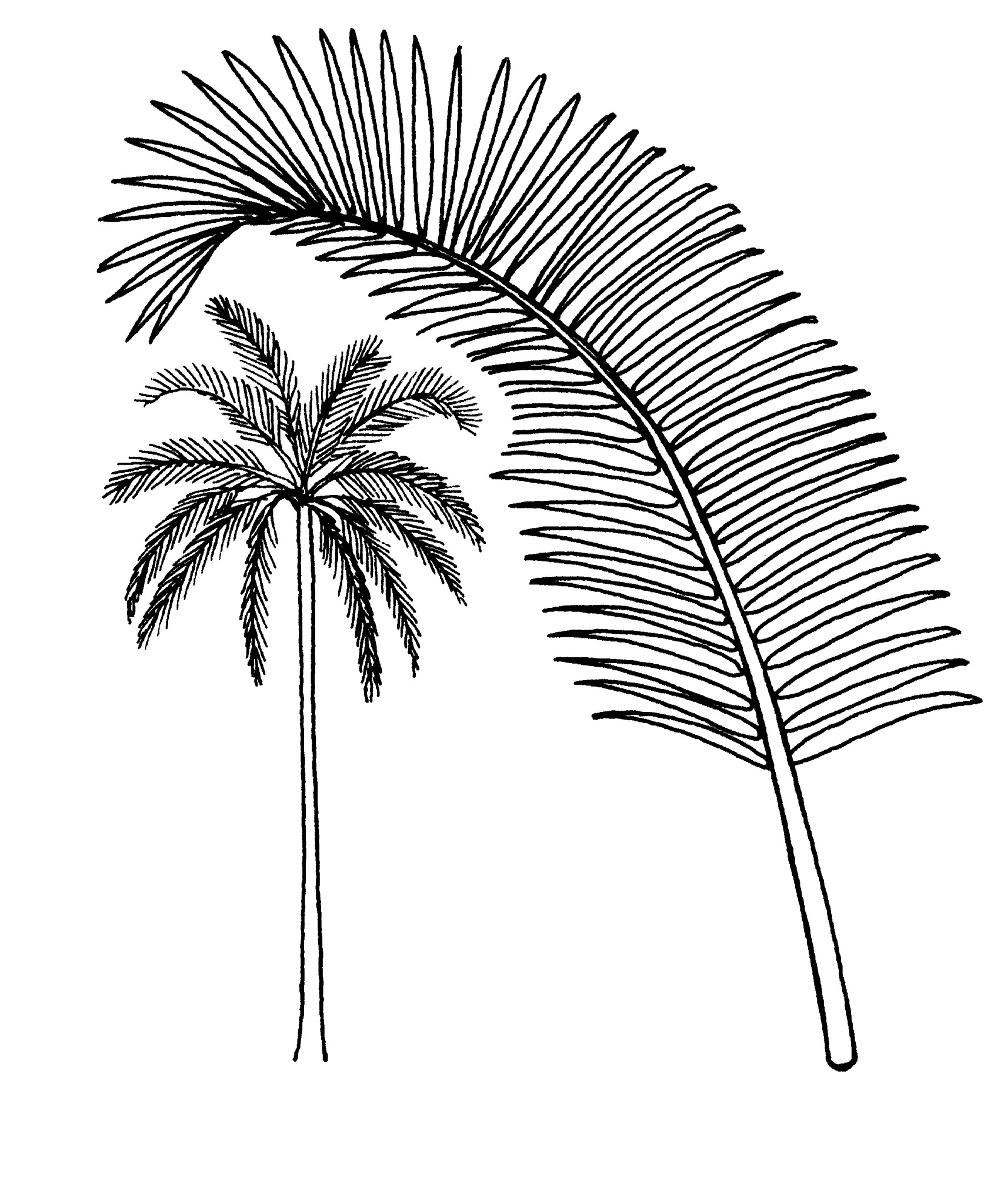
Greek para – near, Jubaea another genus of palm.
Tall solitary spineless palms. Trunks with obscure ringed leaf scars. Crownshaft absent. Leaves feather-shaped, arching to pendulous. Leaf sheaths disintegrating to form fibres. Leaf stalk short. Leaflets narrow, elongated, separated and with 1 fold. Flowers unisexual, both sexes in a single flower cluster. Panicles arise among the leaves. Fruits oblong-ovoid, beaked, seeds 1(-3), roundish.
Ornamental but rarely cultivated palms from high altitudes c. 2400 m-3000 m in rainshadow areas of the Andes. Most closely related to Jubaea and Syagrus.
The seeds have a sweet edible kernel. Fibres from the leaf sheaths and stalks are used to make ropes and strings, in mattresses etc.
Fresh seeds germinate slowly and erratically, sometimes taking 2-3 years.
Tall palms with a slender trunk; no crownshaft; with arching feather-shaped leaves.
2 species in Andean Ecuador and Bolivia extending just into Colombia.
Fullington (1987), Vargas (1994).
Source: (2005). Arecaceae. In: . Horticultural Flora of South-eastern Australia. Volume 5. Flowering plants. Monocotyledons. The identification of garden and cultivated plants. University of New South Wales Press.
